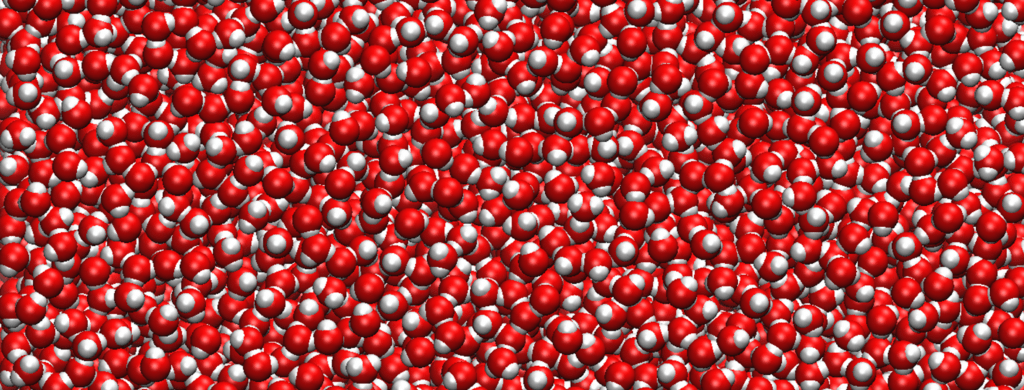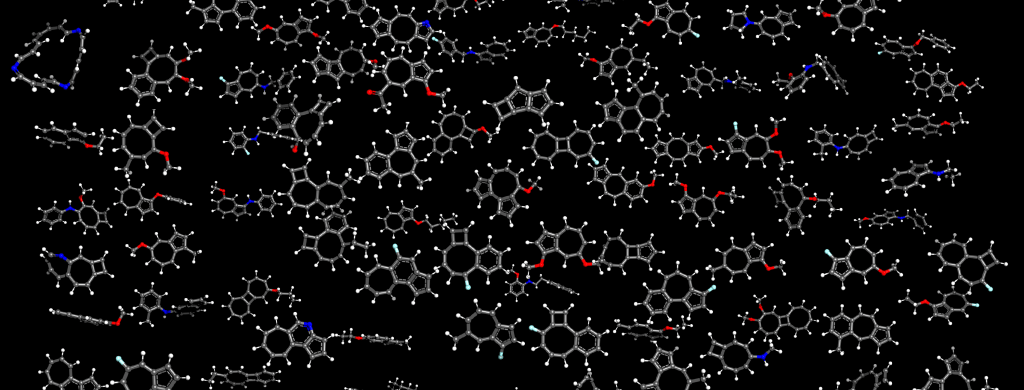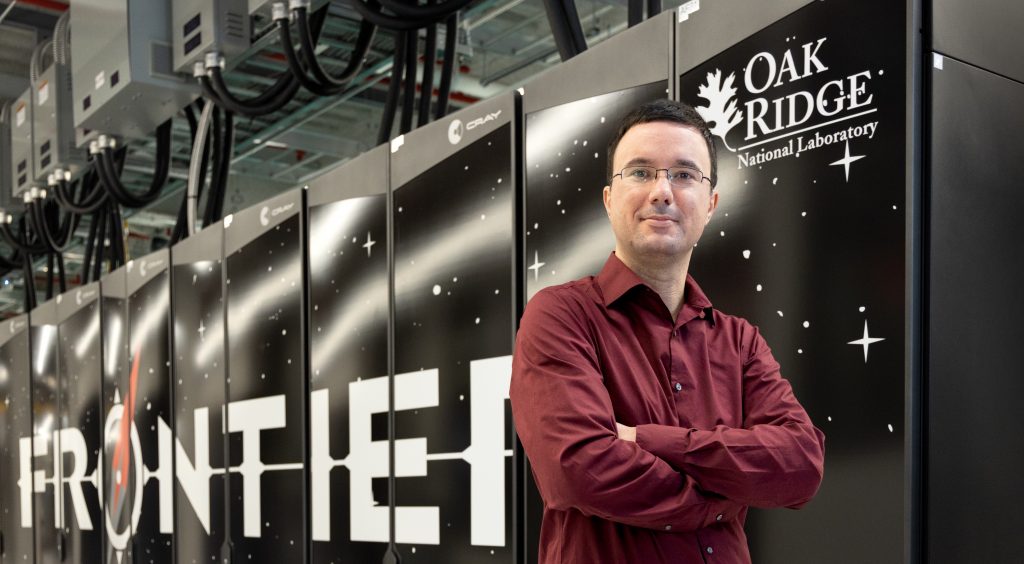

Coury Turczyn writes communications content for the Oak Ridge Leadership Computing Facility (OLCF). He has worked in different communications fields over the years, though much of his career has been devoted to local journalism. He helped create Knoxville’s alternative news weekly, Metro Pulse, in 1991 and served as its managing editor for nine years; he returned to the paper in 2006 as its editor-in-chief, until its closure in 2014. Several months later, he and two other former Metro Pulse editors dared to start a new weekly paper, the Knoxville Mercury, based on a hybrid nonprofit ownership model. In between his journalism stints, Coury worked as a web content editor for CNET.com, the G4 cable TV network, and HGTV.com.



















